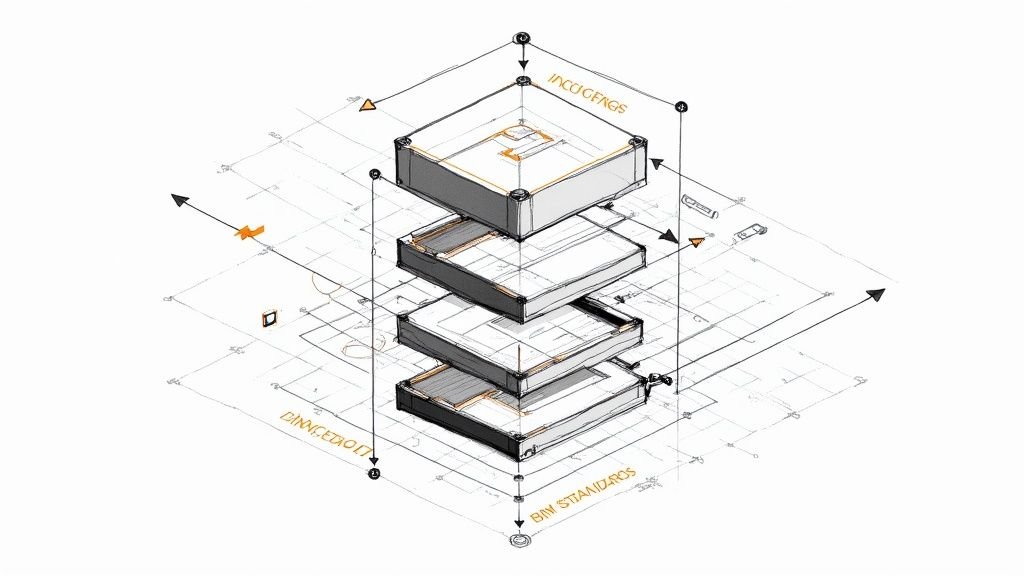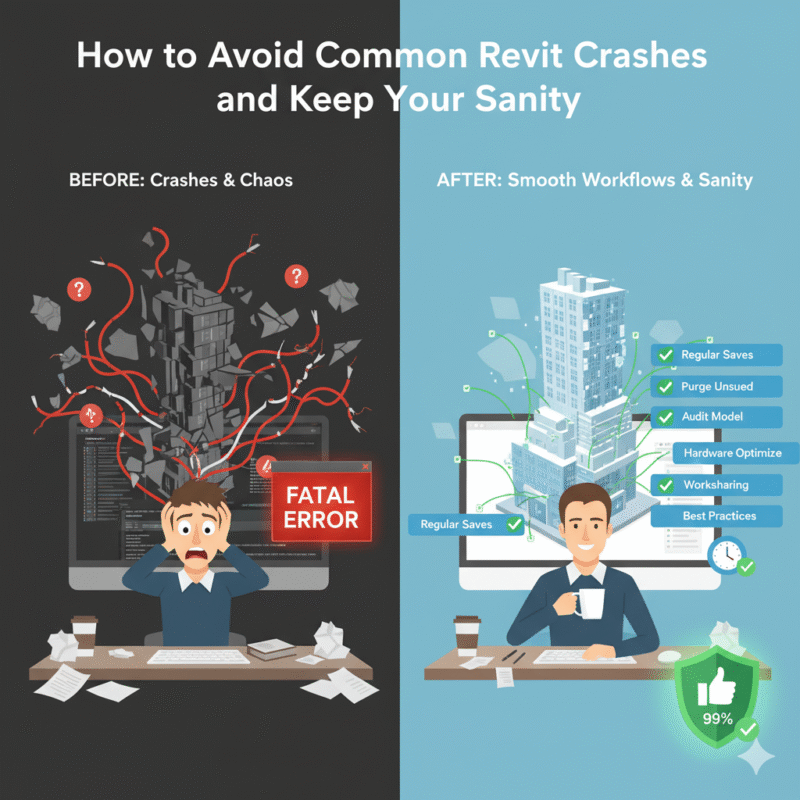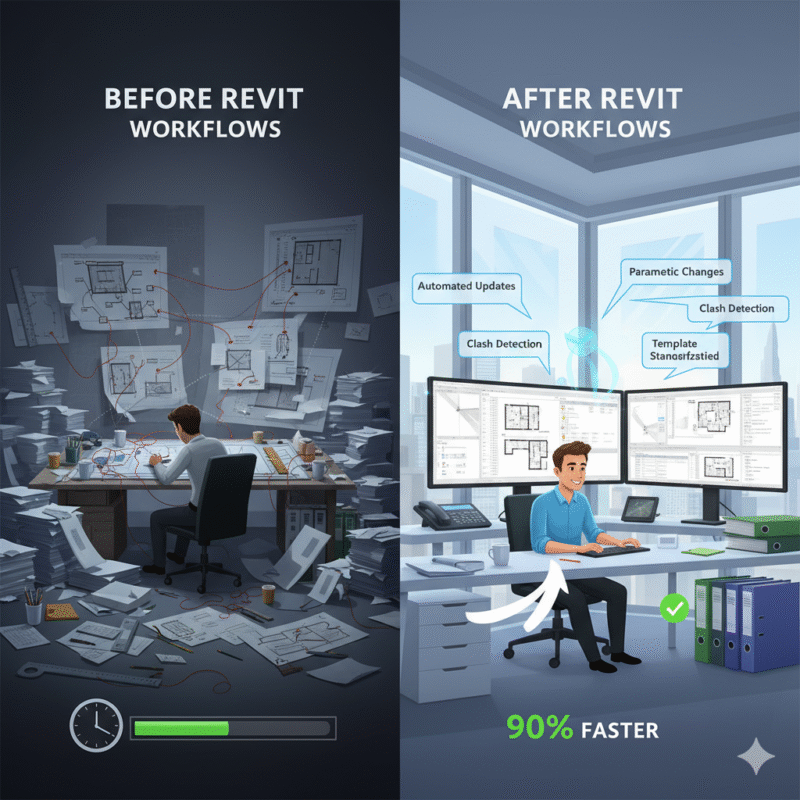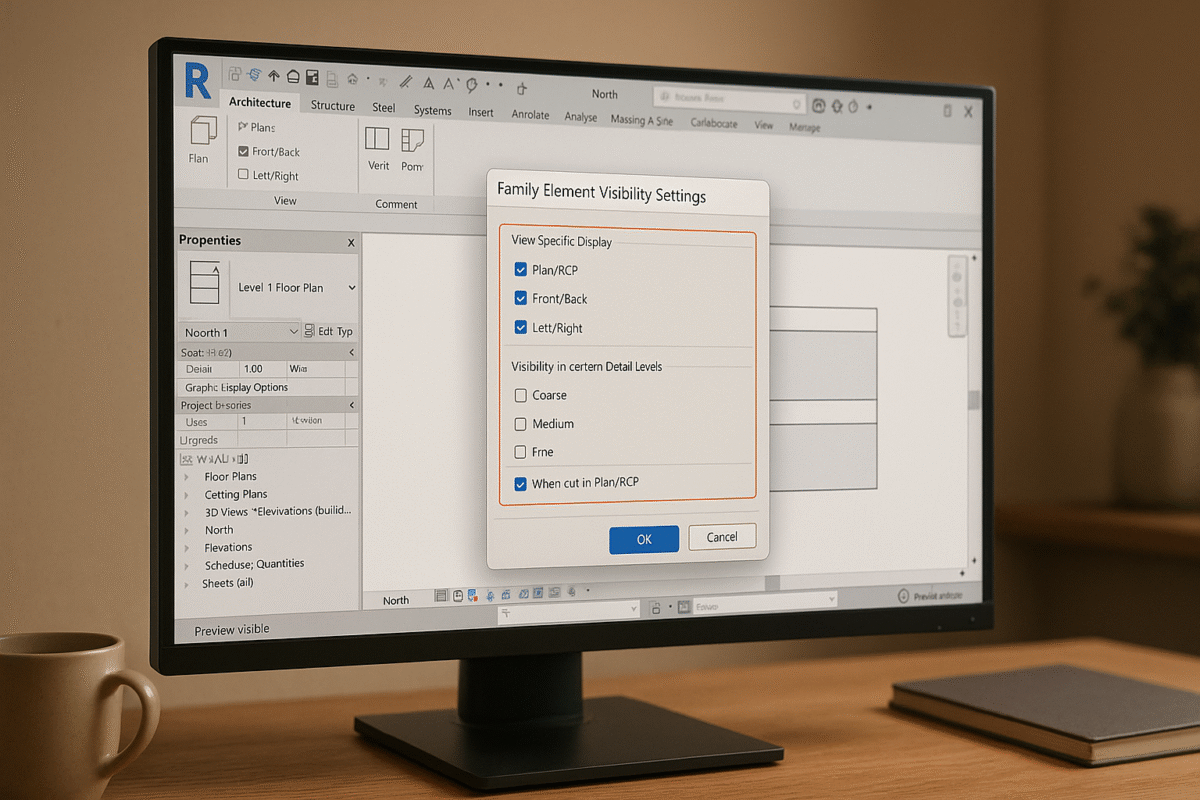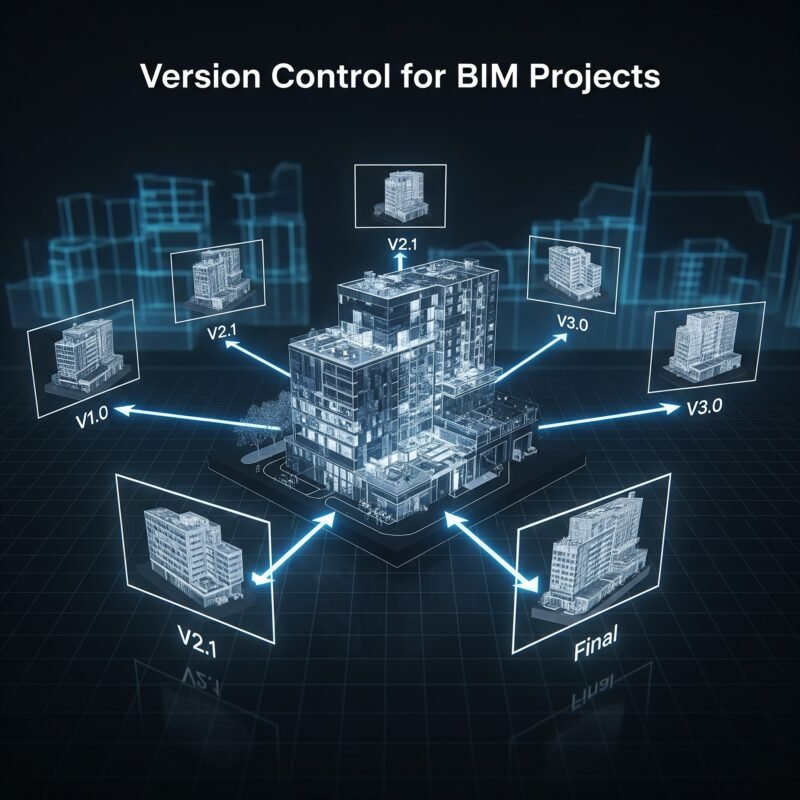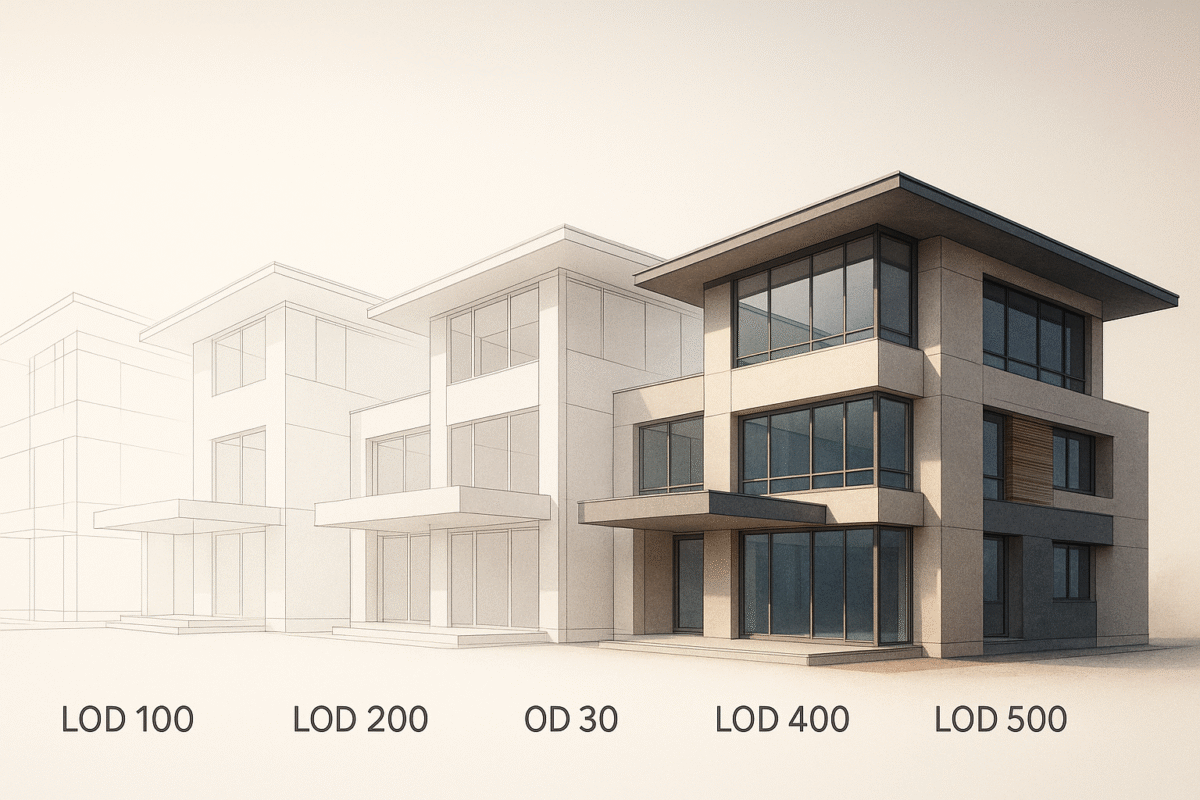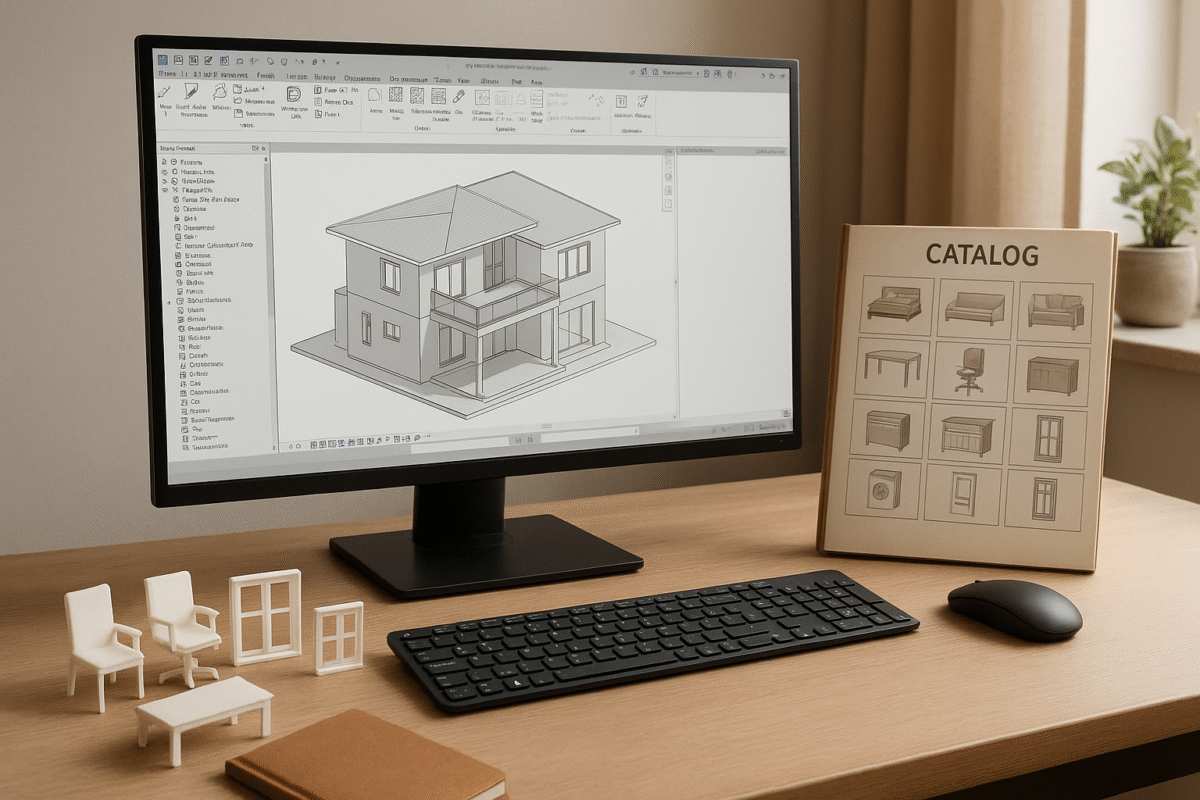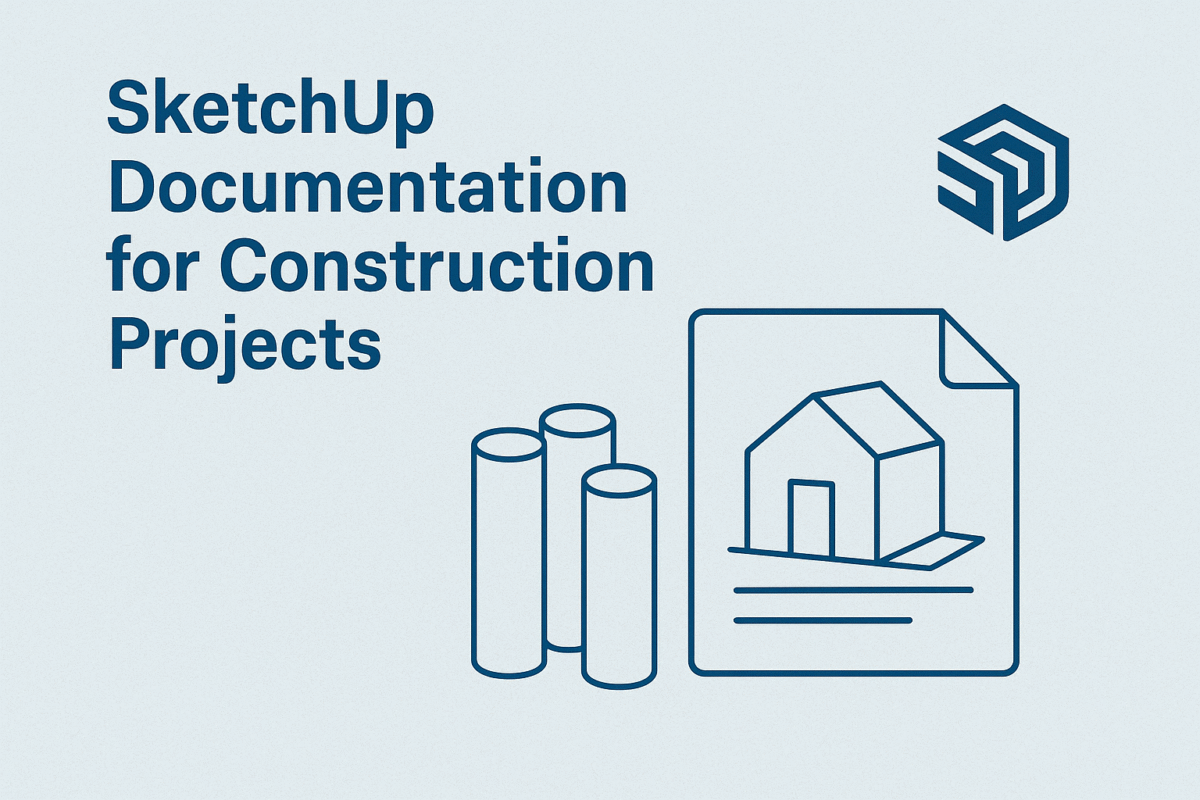Common Stakeholder Issues in BIM Projects
Common Stakeholder Issues in BIM Projects
Building Information Modeling (BIM) can speed up project delivery by 35%, but challenges like communication gaps, technical issues, and inconsistent processes often derail progress. Here’s what you need to know:
- Software Problems: 63% of projects face interoperability issues, costing up to $18,000 per project.
- Communication Gaps: 35% of teams lack clear BIM responsibility matrices, leading to delays.
- Collaboration Barriers: 42% of senior engineers still prefer 2D workflows, slowing BIM adoption.
- Legal Uncertainty: 58% of projects lack clear intellectual property clauses for shared models.
Solutions include: using standard data formats (like IFC4), setting clear team guidelines, updating contract terms, and working with BIM specialists to reduce delays and improve outcomes. Projects adopting these strategies report faster resolutions, fewer errors, and reduced costs.
Ready to tackle these challenges? Let’s dive into the details.
The Importance of BIM for Effective Stakeholder Collaboration
Main Stakeholder Problems in BIM Projects
BIM projects are becoming more complex, and with that complexity come challenges that stakeholders regularly face. These issues often fall into three main categories: communication gaps, technical hurdles, and inconsistent processes. Let’s dig into how these problems show up in real-world scenarios.
Software and Data Exchange Issues
One of the biggest headaches is getting different software platforms to work together. For example, interoperability between Autodesk Revit and Bentley Systems often causes delays. A 2024 study found that 68% of coordination delays are due to mismatched IFC/COBie data formats between architectural and MEP models. Fixing these issues isn’t cheap either – API customizations can cost around $18,000 per project.
Team Communication Gaps
Poor communication can derail even the best-laid plans. Research shows that 35% of projects don’t have a clear BIM responsibility matrix in place. On top of that, 41% of teams struggle to manage fragmented communication across tools like email, Slack, and WhatsApp. Without a streamlined approach, miscommunication becomes a major bottleneck.
Barriers to Team Collaboration
Collaboration isn’t always as smooth as it should be. For instance, 42% of senior engineers still prefer 2D workflows, resisting the shift to BIM tools. Meanwhile, 31% of subcontractors restrict access to models due to proprietary concerns. These behaviors make it harder for teams to work together effectively.
Legal and Technical Limits
The legal side of BIM projects is another tricky area. Right now, 58% of projects lack clear clauses about intellectual property (IP) ownership for shared models. On the technical front, converting point cloud data to BIM models isn’t perfect – studies report an average 12% loss in dimensional accuracy during the process. This ties into expertise from BIM Heroes, who specialize in point cloud-to-BIM conversions.
As new technical challenges emerge, the legal framework needs to catch up. Insurance providers are starting to respond. For example, the UK’s CIC/BIM Pro First now offers coverage for issues related to Level of Development compliance.
How to Fix Common BIM Issues
Addressing the technical, legal, and communication challenges in BIM projects requires a focused approach. Here are four strategies that industry leaders rely on:
Using Standard Data Formats
Switching to Industry Foundation Classes (IFC) alongside cloud platforms has transformed how teams share data. For instance, IFC4-certified workflows have shown impressive results, with projects reporting 25% faster approval cycles compared to those using proprietary formats.
A great example of this is the collaboration between Autodesk Revit and Tekla Structures. Thanks to IFC4 certification, model conflicts were reduced by 40%. Additionally, tools like Autodesk Construction Cloud provide real-time synchronization and version control, ensuring smoother coordination across teams.
Setting Clear Team Guidelines
Structured communication protocols are critical for keeping projects on track. Research from the University of Wolverhampton highlights that well-defined guidelines can cut down Request for Information (RFIs) by 35%. Key elements of these guidelines include:
| Guideline Component | Protocol | Result |
|---|---|---|
| Clash Resolution | Weekly coordination using Navisworks | 60% faster conflict resolution |
| Team Meetings | Regular, structured sessions | 35% fewer RFIs |
| Naming Conventions | Standardized naming for elements | 40% better search efficiency |
| Issue Management | 48-hour resolution timeline | 25% fewer project delays |
Updating BIM Contract Terms
Modernizing contracts is critical to managing risks effectively. Following ISO 19650-2 standards, contracts should include detailed information requirements matrices. For example:
"Key clauses should address model ownership after project completion, clear LOD requirements based on AIA E203-2013, and error liability thresholds with a 5% tolerance for quantity takeoffs".
These updates ensure all parties are aligned on responsibilities and expectations.
Working with BIM Specialists
BIM specialists can significantly streamline project workflows. They use automated clash detection to cut manual review time by 60%. For example, BIM Heroes has demonstrated success in healthcare projects, achieving a 30% cost reduction. Their specialized protocols enable teams to resolve model conflicts 40% faster than in-house efforts.
sbb-itb-0af4724
Examples of Solved BIM Problems
These examples showcase how practical solutions have addressed common challenges in BIM applications:
Team Coordination in Highway Projects
A major highway project in Europe highlighted how integrating BIM and GIS can overcome coordination issues. The team faced recurring problems with utility conflicts and terrain mismatches across departments. By adopting an integrated workflow that brought all stakeholders into alignment, they found effective solutions. Using IFC-compliant models within a Common Data Environment, they achieved:
| Improvement Area | Result | Implementation Method |
|---|---|---|
| Earthworks Costs | 37% less rework | Real-time clash detection |
| Utility Conflicts | 89% resolved pre-construction | Automated validation rules |
| Team Response Time | 41% quicker resolutions | Cloud-based coordination |
"The integration of BIM-GIS workflows revolutionized our ability to detect and resolve conflicts between drainage systems and geological survey data in real-time. This approach fundamentally changed how we handle infrastructure coordination", shared the project’s BIM Manager.
This approach has also been applied successfully to improve project handovers.
Project Handover Improvement
A UK healthcare facility construction project demonstrated how standardized BIM protocols can streamline transitions. By implementing COBie-compliant asset data models with LOD 500 specifications, they addressed ownership concerns early on, leading to a smoother handover process.
The project recorded a 52% drop in handover errors and a 23% reduction in warranty claims, thanks to well-organized data structures. Weekly coordination cycles further reduced document conflicts by 78%.
Facility managers benefited from direct access to maintenance schedules and warranty details via their FM platform, ensuring a seamless transition to operational use.
"The implementation of standardized BIM handover processes has transformed our ability to manage facility data effectively. We’ve seen a 35% reduction in data loss during transitions and a 28% improvement in overall facility management efficiency", noted the Facility Manager in a 2023 Dodge Data & Analytics study.
Tips for Better Team Collaboration
Team Training Programs
Clear guidelines are crucial, but targeted training ensures everyone can apply them effectively. To address the 42% resistance to BIM workflows mentioned earlier, training tailored to specific roles is essential. Modern programs focus on customized modules that meet the distinct needs of different team members.
Key components of an effective training program include:
- Common Data Environment (CDE) navigation: Achieving 92% compliance.
- Version control: Ensuring updates within 24 hours.
- Clash resolution: Reaching 85% success on the first attempt.
- Data validation: Reducing errors by 42%.
Using Digital Project Models
Digital twins tackle the 12% accuracy loss in point cloud conversions by enabling real-time validation. Combining IoT sensors with digital models allows for real-time tracking and quicker decision-making. For example, a highway project saw a 31% improvement in conflict resolution speed by using digital twins.
To support these efforts, teams need robust infrastructure, including:
- Cloud-based CDEs with 99.8% availability.
- Mobile viewers compatible with all IFC formats.
- Automated translation tools that deliver responses 60% faster.
- Optimized bandwidth to ensure global accessibility.
Maintaining teamwork efficiency also requires engaging stakeholders creatively. For instance, a five-year stadium project achieved 94% engagement by using progress dashboards and rotating coordinator roles.
To boost security in collaborative environments, teams should adopt strict access controls. Platforms featuring AES-256 encryption and geofencing have reduced unauthorized access incidents by 73%.
These digital tools and practices not only improve collaboration but also ensure consistent data quality throughout all project stages.
Conclusion
BIM adoption has shown measurable results across industries like healthcare and infrastructure. Projects using structured BIM approaches are now completed 35% faster, with 22% fewer change orders. Workflows aligned with ISO 19650 standards have improved stakeholder coordination by 35%, while cloud-based platforms leveraging these standards have resolved 68% of integration issues.
Digital tools continue to reshape workflows. Common Data Environments (CDEs) have cut coordination errors by 40-60%. The addition of IoT-enabled digital twins and automated clash detection has also lowered rework costs by 25%.
Experienced BIM service providers play a key role in tackling these challenges. Their solutions have reduced communication gaps and minimized interpretation errors by 60%.
As CDEs and automated validation tools evolve, they support smarter coordination systems that uphold data quality and security throughout the project lifecycle.
FAQs
Who are the stakeholders in BIM?
Managing stakeholders effectively depends on clear communication frameworks. Here are the key players and their roles:
| Stakeholder Group | Key Responsibilities | Key Contribution |
|---|---|---|
| Project Owners | Define requirements, approve deliverables | Set project standards and guide BIM adoption |
| Design Teams | Create and coordinate models | Ensure model accuracy and compliance with LOD |
| Contractors | Execute construction, validate models | Focus on constructability and field coordination |
| Facility Managers | Maintain asset information | Shape long-term operational needs |
A 2024 study found that projects with well-defined stakeholder roles see 35% fewer change orders. This improvement directly addresses the 35% of projects lacking BIM responsibility matrices mentioned earlier. Additionally, 73% of contractors report better project outcomes when using model-based collaboration.
To keep everyone aligned, successful projects rely on strategies like standardized meeting protocols and BIM Execution Plans, as discussed in earlier sections.
Clear communication and well-defined roles are critical for stakeholder success in BIM. Projects that prioritize these elements show 57% fewer model errors, closing the gaps highlighted in past case studies.


